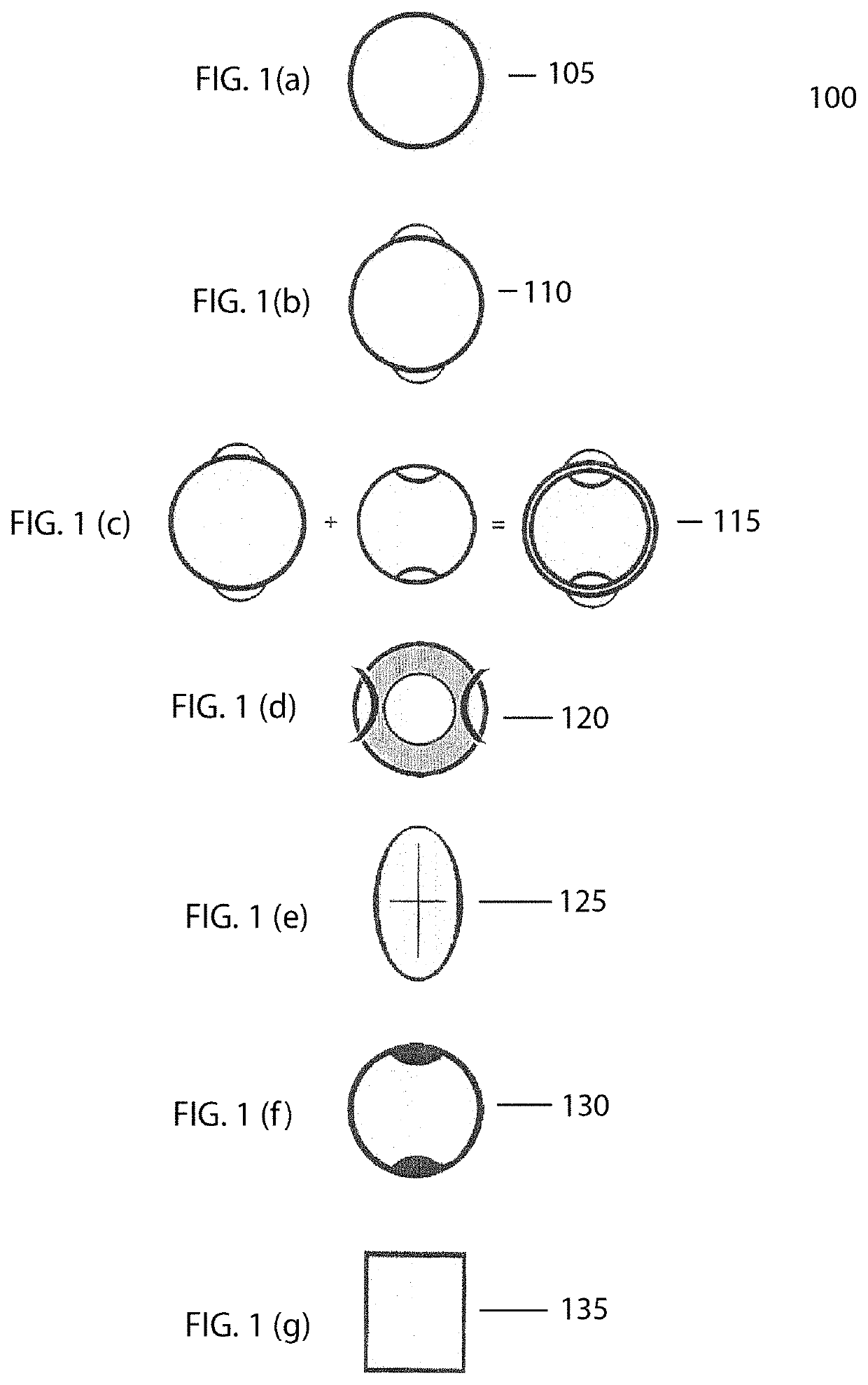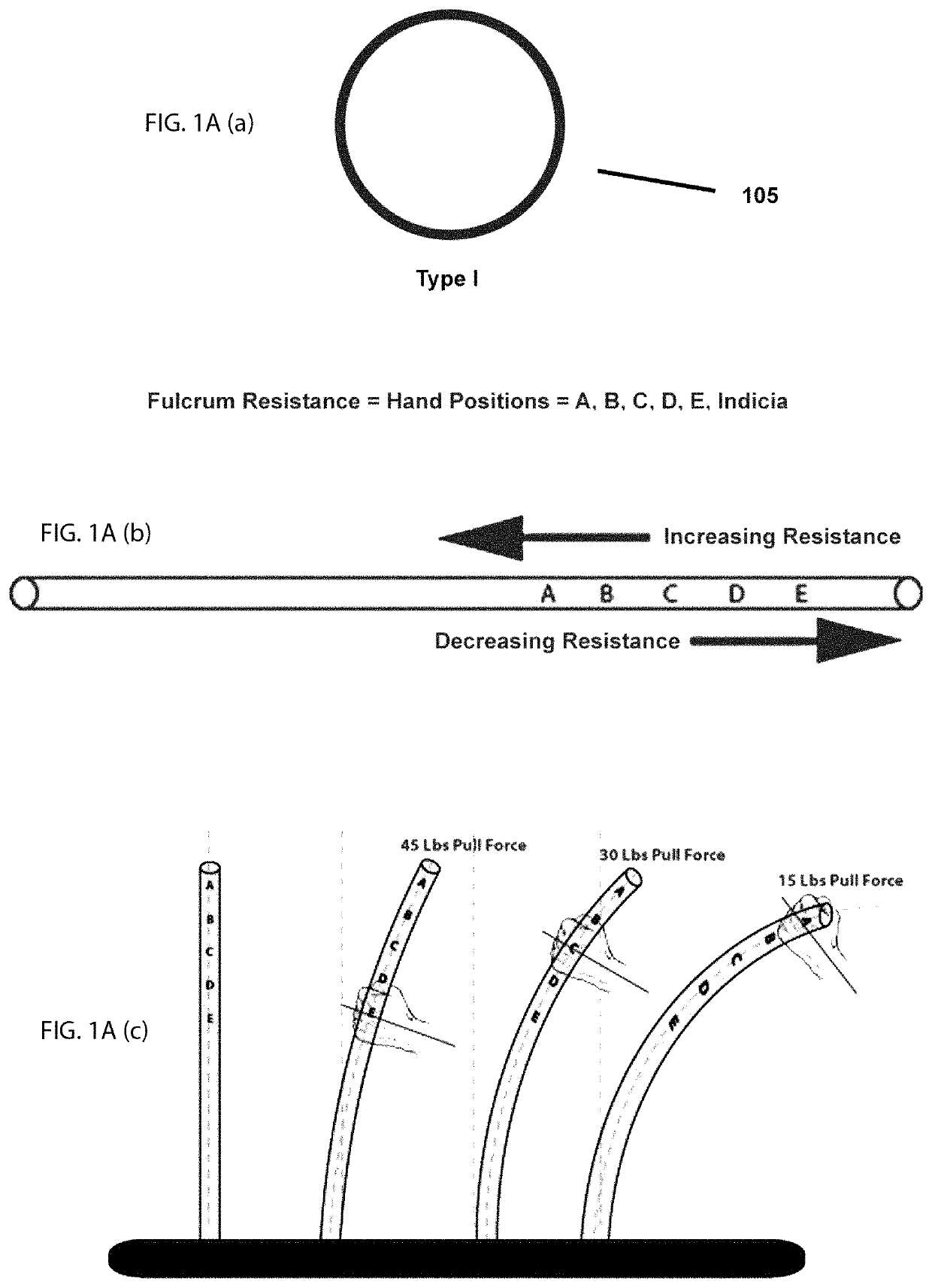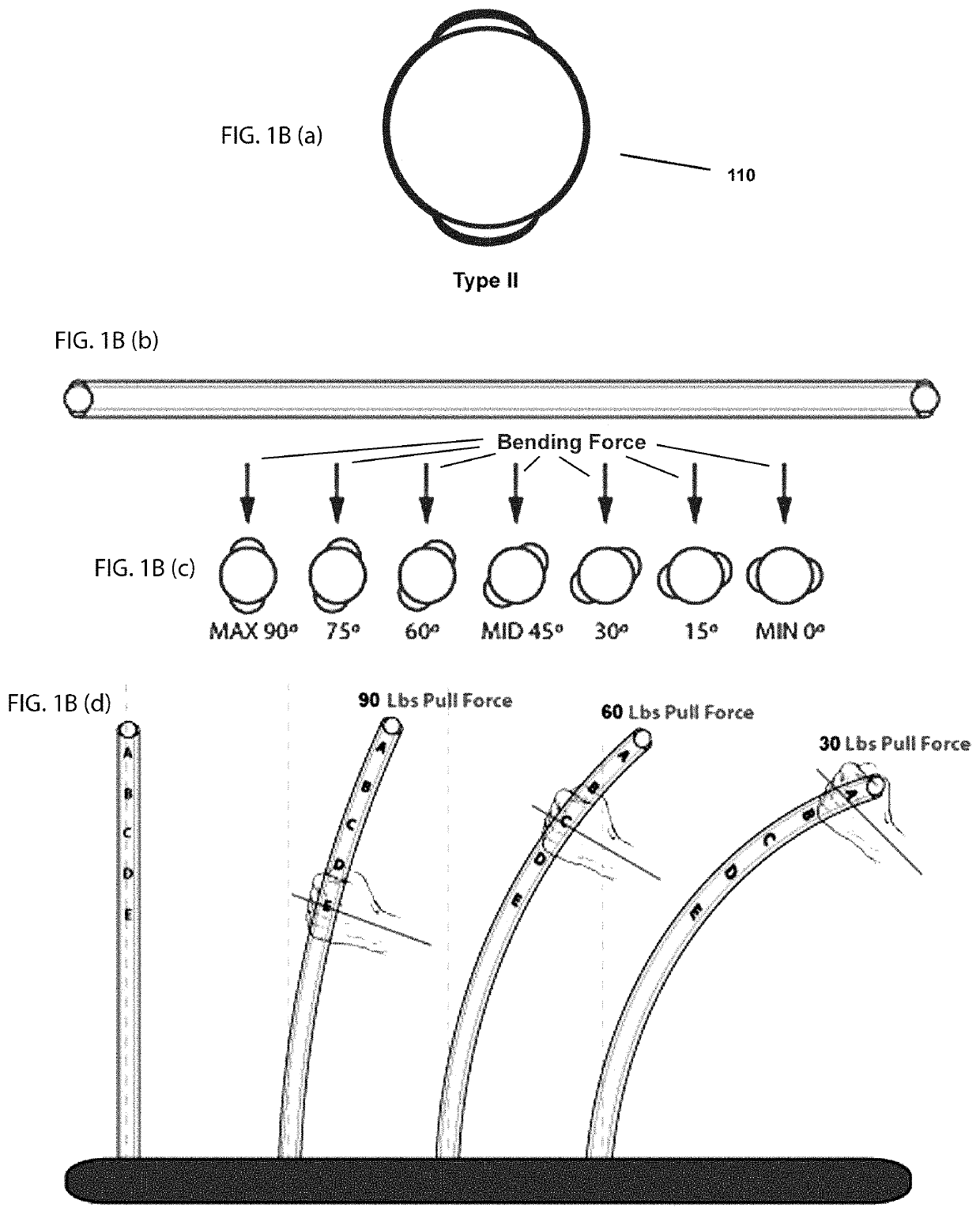System and methods for adjusting variable variable geometry, height, weight distribution dynamics in orthotic devices and equipment
a technology of variable geometry and dynamic flex adjustment, applied in the field of orthotic shoe inserts, can solve the problems of inability to change the characteristics, subtle changes in the stiffness or flexibility characteristics of sporting or fitness equipment that are not available between different pieces of sporting equipment, and inability to achieve significant changes in the stiffness or flexibility characteristics of sporting or fitness equipment, so as to enhance the imbalance of the lower extremity or foot, enhance athletic performance, and maintain consistent flex adjustment
- Summary
- Abstract
- Description
- Claims
- Application Information
AI Technical Summary
Benefits of technology
Problems solved by technology
Method used
Image
Examples
Embodiment Construction
[0106]The object of the present invention is to adjust the flexibility and thereby the resistance of a rod by hand positioning in relationship to the fulcrum of rod; or by bending a rod and spine within the shaft; or by bending a single solid rod; or both the bending of an outer beam and an inner beam in another example. This affects the longitudinal flex and the kick or hinge point of flexure where maximum flexure bending forces arise, depending on the hand position or anchor point in relationship to the fulcrum.
[0107]A shaft includes any tube-like structure by itself, attached to the outside of another surface or incorporated within a structure. Examples of a tube-like shaft by itself include hockey sticks, golf clubs, lacrosse sticks, pole vaulting poles, fishing rods, sailboard / sailboard masts, canoe / kayak paddles or oars, baseball bats, archery bows, tennis racquets and exercise machine tensioning rods. Examples of products to which a tube-like shaft might be attached externall...
PUM
| Property | Measurement | Unit |
|---|---|---|
| Angle | aaaaa | aaaaa |
| Angle | aaaaa | aaaaa |
| Fraction | aaaaa | aaaaa |
Abstract
Description
Claims
Application Information
 Login to View More
Login to View More - R&D
- Intellectual Property
- Life Sciences
- Materials
- Tech Scout
- Unparalleled Data Quality
- Higher Quality Content
- 60% Fewer Hallucinations
Browse by: Latest US Patents, China's latest patents, Technical Efficacy Thesaurus, Application Domain, Technology Topic, Popular Technical Reports.
© 2025 PatSnap. All rights reserved.Legal|Privacy policy|Modern Slavery Act Transparency Statement|Sitemap|About US| Contact US: help@patsnap.com



